A Day In The Gardens With Charlotte & Greg (Page Two)

Did You Know? - The Garden of Flowing Fragrance, Liu Fang Yuan ???, is amongst the largest Chinese-style gardens outside China.
Designed to promote the rich traditions of Chinese culture, the garden is truly a cross-cultural effort. Architects and artisans from Suzhou, the renowned garden city of southern China, worked alongside California builders and gardeners. As a result, the Garden of Flowing Fragrance combines the botanical with the artistic and scholarly, in the tradition of Henry Huntington.
"Flowing fragrance" (liu fang ??) refers to the scents of the flowers and trees throughout the year as the seasons turn. The Chinese poet Cao Zhi ?? (192-232) first used the phrase in his "Rhapsody on the Luo River Goddess" ("Luo shen fu" ???) to describe how the fragrance of the flowers trailed in the goddess's wake.
The name also serves to echo that of the Ming dynasty painter Li Liufang ??? (1575-1629), one of the late masters of landscape painting.

The rocks are laid into the ground to stimulate the bottoms of the feet!
Charlotte tries it out.... It works!
Chinese Proverb - A book tightly shut is but a block of paper.

The word "intricate" seems to say it all!
Did You Know? - Lilies and Lotus are different. Beginning water gardeners may not know this. To those of us who grow its simple. The roots are different, the leaves, the planting, the tubers, the flowers. For beginners remember lotus stand high out of the water, the leaves and flowers can grow 6-8 feet above the water in proper conditions.
Water
Lily Flowers |
Water
Lotus Flowers |
| Lily flowers range in size
from 2" inches to 10" wide. Most are 5"-6" wide
|
Lotus flowers are about 5"
inches wide
|
| Water lily flowers generally last up to two weeks | Water lotus flowers last about 5 days |
| Lily flowers grow in a wide variety of colors | Lotus flowers only grow in 3 basic colors: pink, white, and cream |
| The petals are half the size of the lotus flower or thinner | The petals are more than twice the width of the lily flower |
| Lily petals are thick and
waxy
|
Lotus flowers are thin and
papery
|
| Hardy lily flowers rest on the water surface giving the allusion that it is floating. Tropical water lily flowers stand above the water surface up to 10" inches tall. | Water lotus flowers stand
tall above the water surface on a stem that is about 2 feet tall.
|
| The lily flower stays the
same color
|
Many lotus varieties have
flowers that change colors
|
| Lily flowers are star
burst shaped with pointed petals
|
Lotus flowers are cup! shaped with more rounded petals. Some lotus flowers are ruffled. |
| Water lily flowers attract
bees and small insects, and are typically more fragrant than lotus
flowers
|
The lotus flower attracts
bees and small insects, and has a soft and subtle fragrance
|
| Most lilies open during
the day. Some tropical water lily flowers open at night and early
morning
|
All water lotus flowers
open with the sun
|
| Many varieties of tropical lilies will sprout new plants from the button (center) of the lily leaf
|
Lotus do not produce new plants from its leaves
|
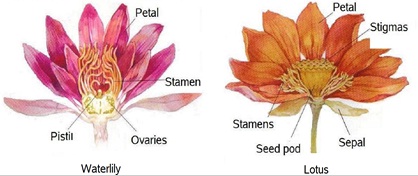 |
Lily and Lotus are also very different on the inside too! |

The inside of the water lily remains soft and small. When the flower dies, the flower wilts and falls down into the water. Water lily seeds are not eatable. At maturity, lily seeds are hard to find because they are very tiny! Unless the flower was pollinated, lily seeds will not produce. |

The lotus flower has a large seed pod inside that continues to grow, even after the petals are shed. The seed pod changes color and shape from bright green, to yellow, to brown. At maturity, the pod can grow to baseball size. Water lotus seeds are eatable. They are marble size, very visible, and can be harvested after they turn brown. Mature lotus plants will produce seeds that can be grown for new lotus plants. Depending on the mother plant of origin, a pink lotus plant can produce white lotus flowers. The only way to guarantee lotus flower color is to grow lotus roots, called rhizomes. |

The lotus were growing tall!
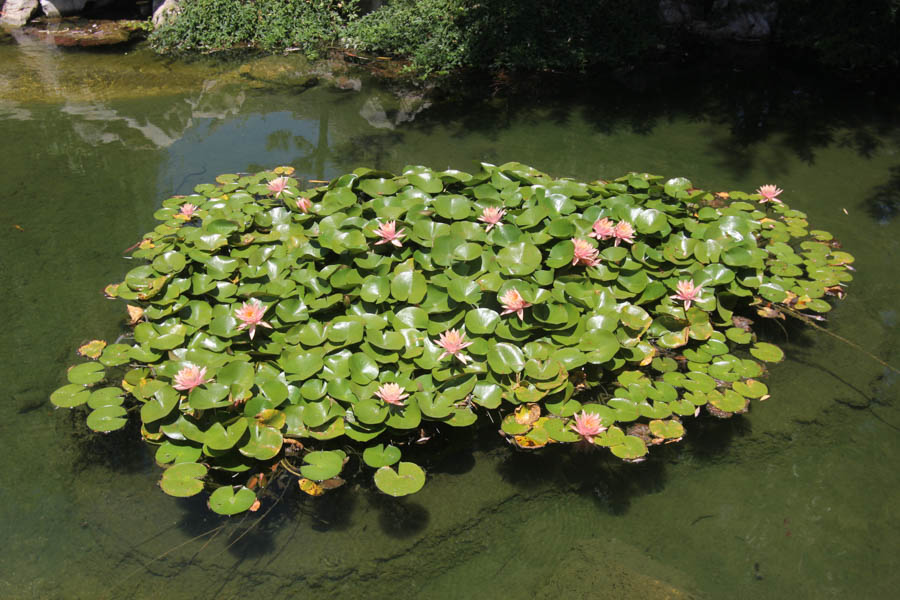
The water lilies were laying on the surface
Chinese Proverb - Be not afraid of growing slowly, be afraid only of standing still.
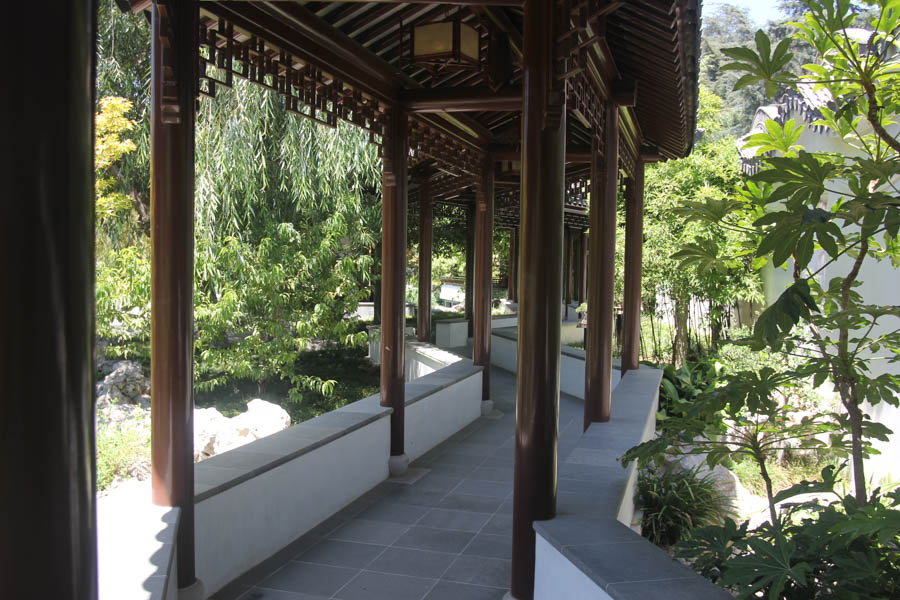
We meandered down the garden path

The lotus were indeed several feet out of the water
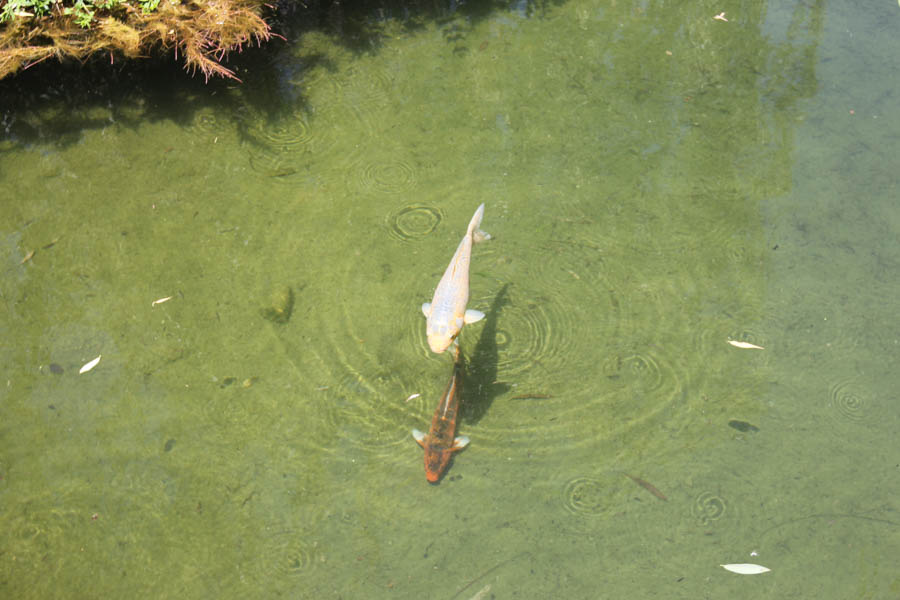
The koi did not seem to mind!
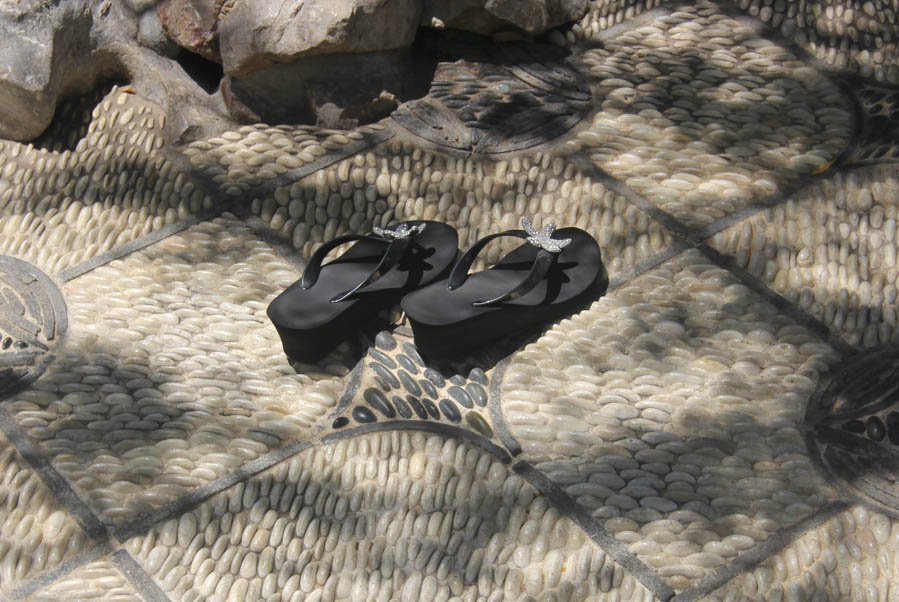
"Hey lookie here... Free shoes!"

Charlotte spots the baby ducks

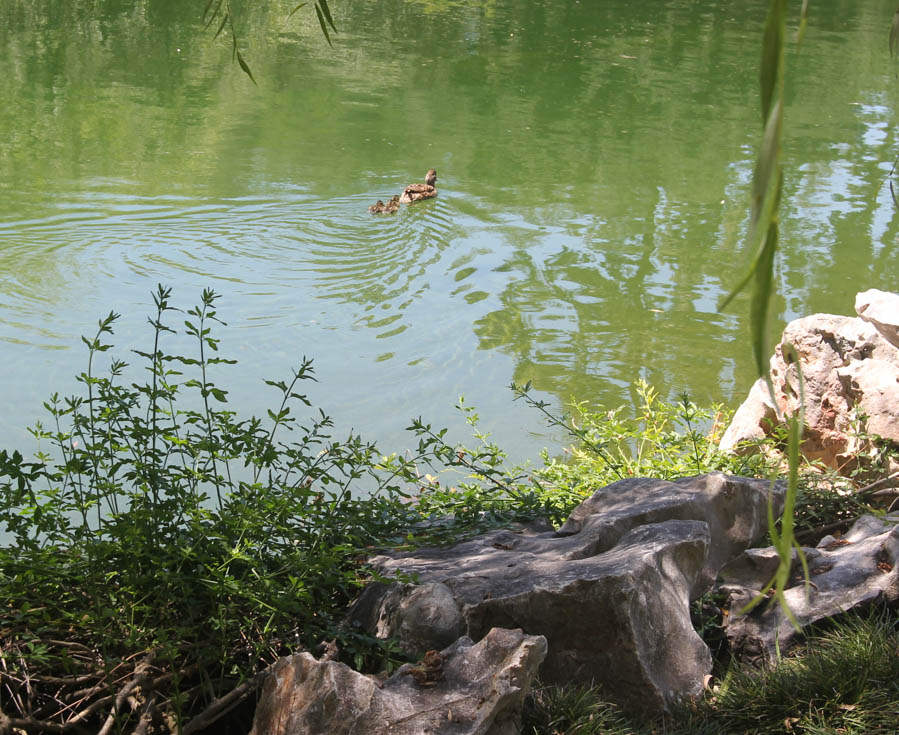
They now follow their mommy to the nearest lily pad
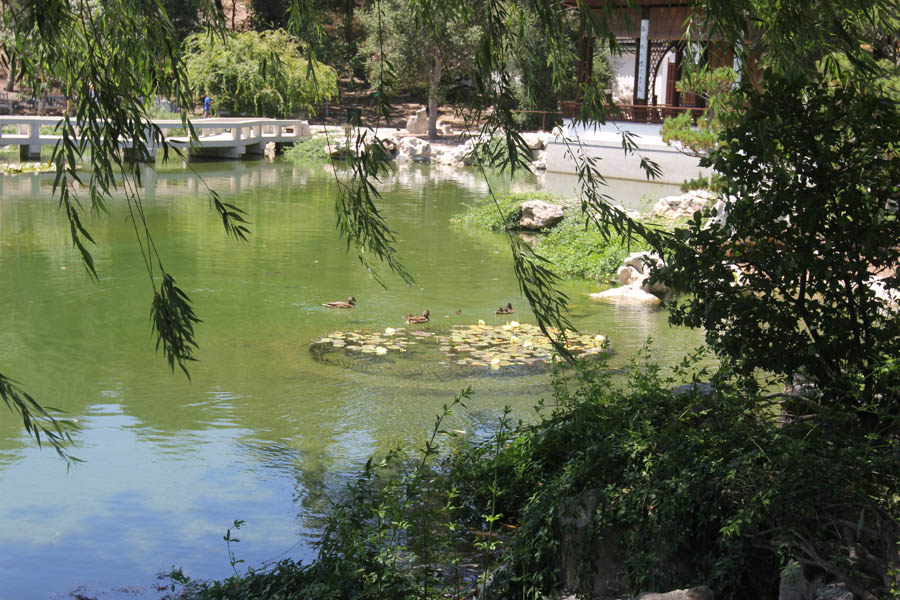
It's a nice warm day to play and swim around
Chinese Proverb - Do not anxiously hope for that which is not yet come; do not vainly regret what is already past.

The bridge is a perfect viewing location

The babies are in the middle of the lily pad
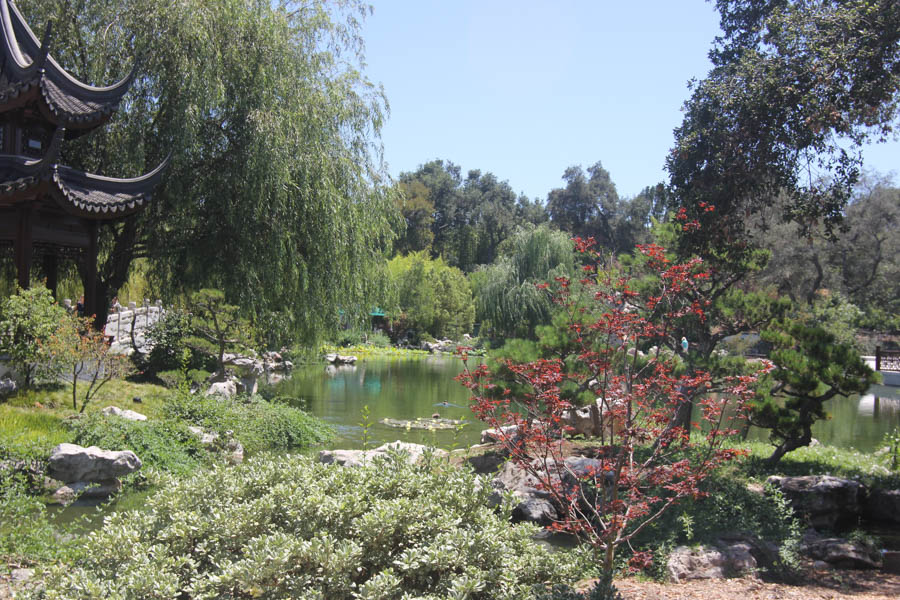
So peaceful
Chinese Proverb - Small ills are the fountains of most of our groans. Men trip not on mountains, they stumble on stones.

Time to sit back and listen to the garden sing

Thanks to Miss Charlotte, we were here today!
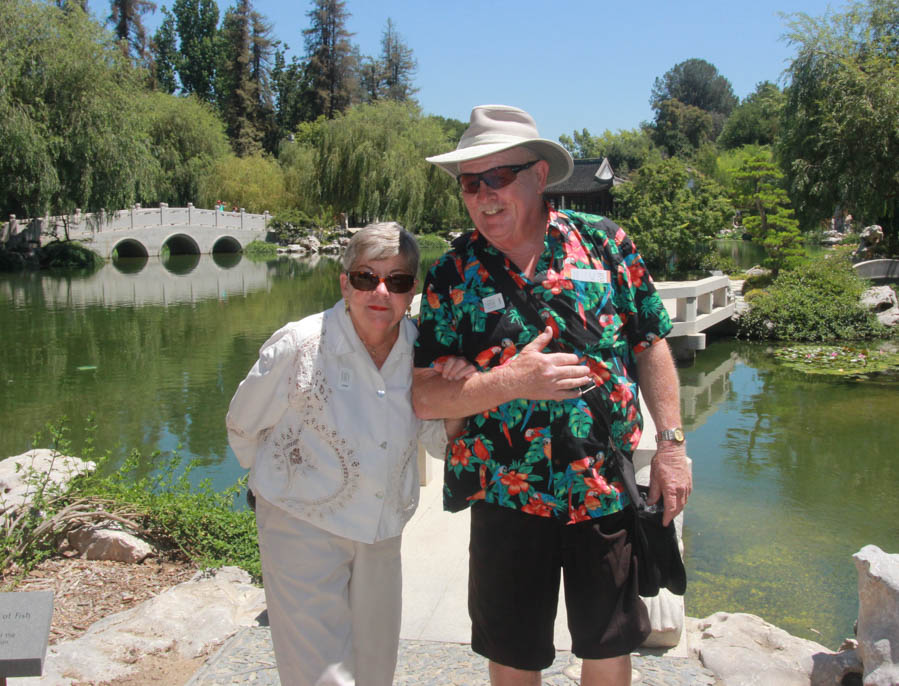
Paul's garden shirt confused many bees today!

Romance is in the air!
Chinese Proverb - If you don't want anyone to know it, don't do it.

We are at Disneyland.... The backside of water!
We Are Off To The Japanese Gardens
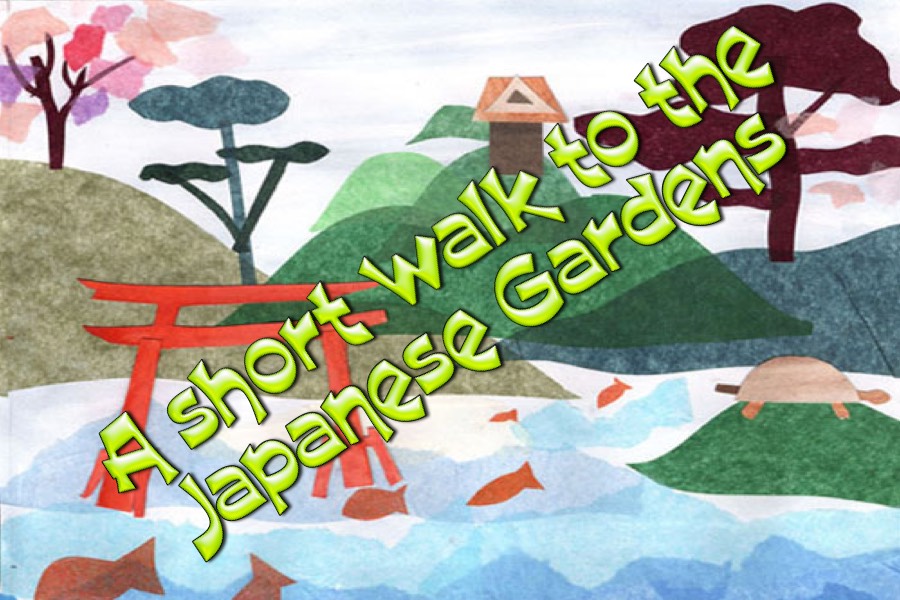
Did You Know? - For over a century, the historic Japanese Garden has been one of the most beloved and iconic landscapes at The Huntington, with its distinctive moon bridge, picture-postcard views of koi-filled ponds and the historic Japanese House.
The garden was completed in 1912 and opened to the public in 1928. It features the drum or moon bridge, a large bell, the authentic ceremonial teahouse Seifu-an (the Arbor of Pure Breeze), a fully furnished Japanese house, koi-filled ponds, the Zen Garden, and the bonsai collections with hundreds of trees.
The Bonsai Courts at the Huntington is the home of the Golden State Bonsai Federation Southern Collection.
Another ancient Japanese art form can be found at the Harry Hirao Suiseki Court, where visitors can touch the suiseki or viewing stones..

The water was so refreshing since it was over 90 degrees today
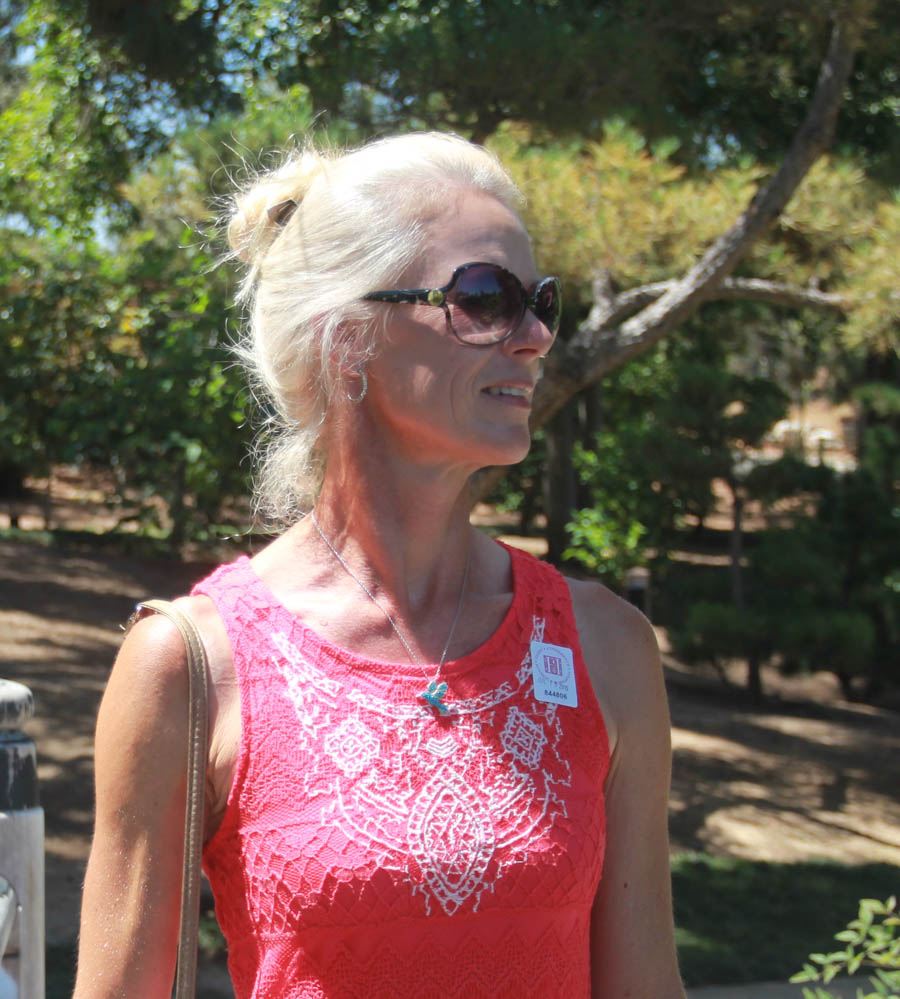
Charlotte enjoying the walk

Yes... Crape myrtle it is

Did You Know? - Lagerstroemia id commonly known as crape myrtle or crepe myrtle, is a genus of around 50 species of deciduous and evergreen trees and shrubs native to the Indian subcontinent, southeast Asia, northern Australia and parts of Oceania, cultivated in warmer climates around the world.
It is a member of the Lythraceae, which are also known as the loosestrife family. The genus is named after the Swedish merchant Magnus von Lagerstr?m, who supplied Carl Linnaeus with plants he collected. These flowering trees are beautifully colored and are often planted both privately and commercially.
Land Of The Tiny Trees
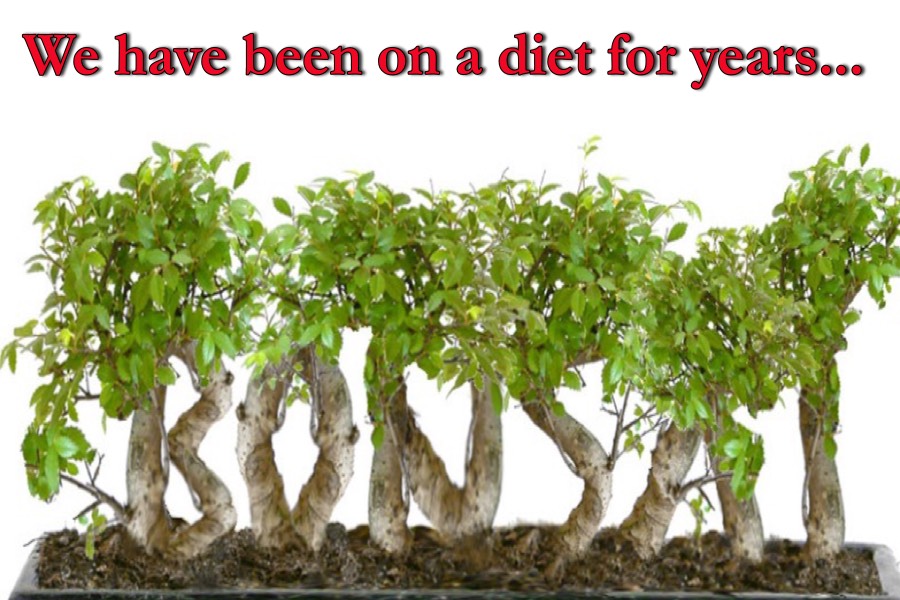

The juniper is a popular tree to bonsai

"I am my own forest!"

The pomegranates are real and get to be full sized!
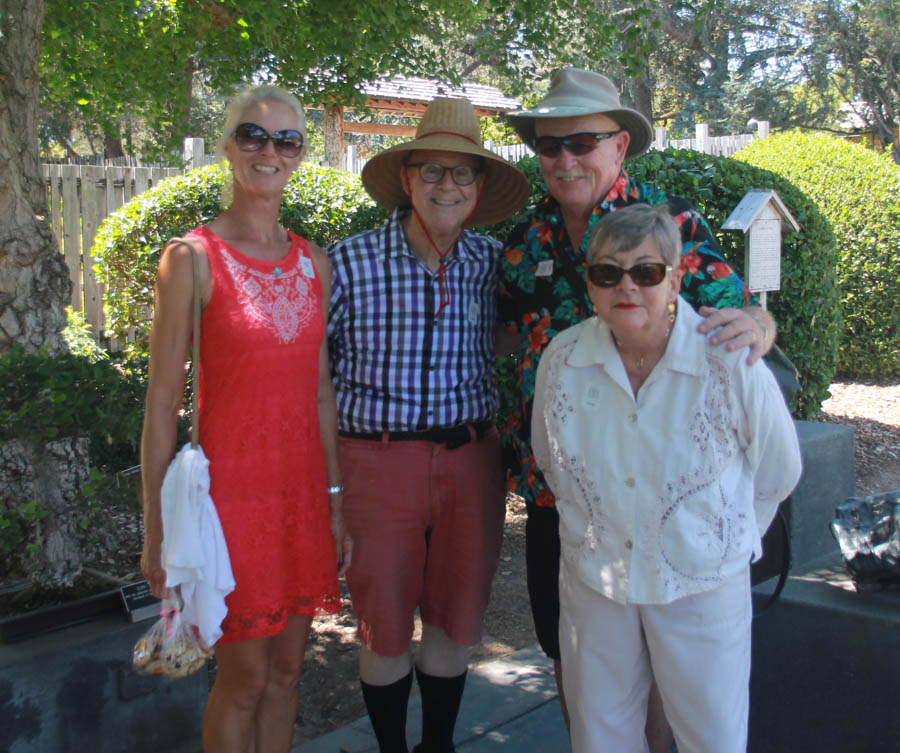
The fearsome foursome
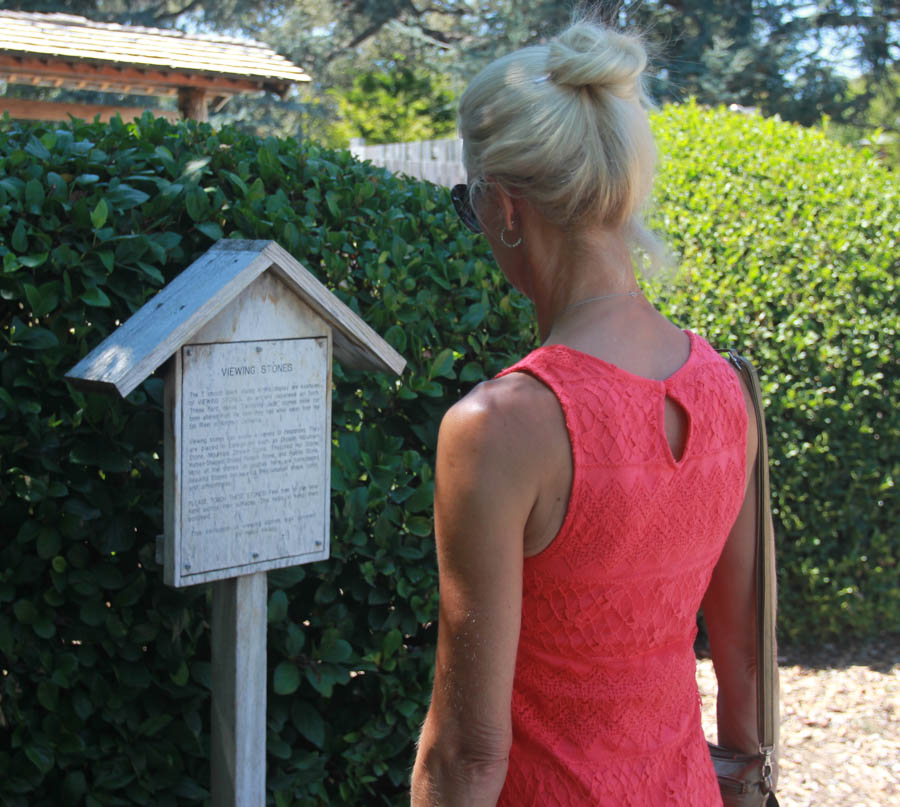
Charlotte reads about "Viewing Stones"
Did You Know? - Suiseki (?) is the Japanese art of stone appreciation, which values aspects like stability, longevity and immortality. Formed through time by wind and water, stones can take several sizes and shapes, reminding us of natural objects.
Suiseki (also called viewing stones) are often placed on delicate wooden stands or trays, called daizas and dobans, respectively. The wooden stands serve to display the stones and create an image of harmony.
Originating from China (called "Gongshi") and Korea (called "Suseok"), the art of Suiseki was introduced in Japan by the Chinese Imperial court during the Asuka period (538-710AD). It became more popular during the Kamakura period (1183-1333AD) as it gained acceptance with the Samurai ruling class. Stone appreciation was introduced in the west when displayed at early Bonsai exhibitions.
Suiseki stone classification by type:
Landscape Suiseki (Sansui keijo-seki): in the form of a mountain, island, waterfall, shore- or coastline, cave, canyon or a plateau.
Object stones (Keisho-seki): representing a person, animal, boat, house or bridge. Classification by surface
Celestial (Gensho-seki): with patterns resembling the moon, sun or stars.
Plant (Kigata-ishi): with patterns picturing flowers, fruits, grasses, forests or even Bonsai.
Weather (Tenko-seki): resembling rain, intense sunlight, lightning or snow.
Abstract (Chusho-seki): with surfaces similar to animal prints, tangled nets, etc.

They are so green but just wait a few months
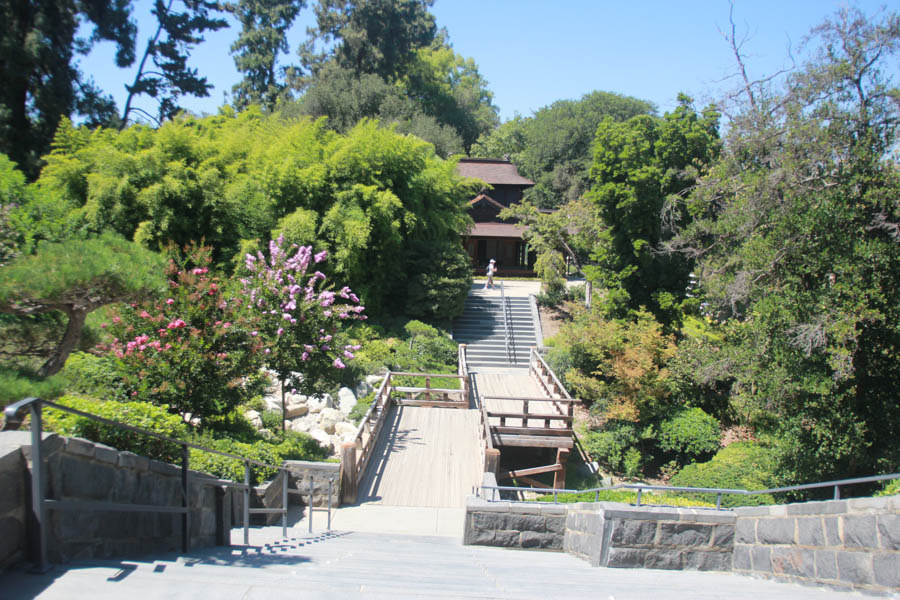
Moving toward the Japanese house

The pinks really attracted the bees

The ravine was loaded with Japanese trees and plants

Charlotte captures a picture of "Big Foot"

The moon bridge... Makes a moon if you consider the reflection
Did You Know? - A moon bridge is a highly arched pedestrian bridge associated with gardens in China and Japan. The moon bridge originated in China and was later introduced to Japan.
This type of bridge was originally designed to allow pedestrians to cross canals while allowing the passage of barges beneath.
When constructed using the climbing ascent and descent this had the further advantage of not using space from the adjoining fields for approaches.
In formal garden design a moon bridge is placed so that it is reflected in still water. The high arch and its reflection form a circle, symbolizing the moon.
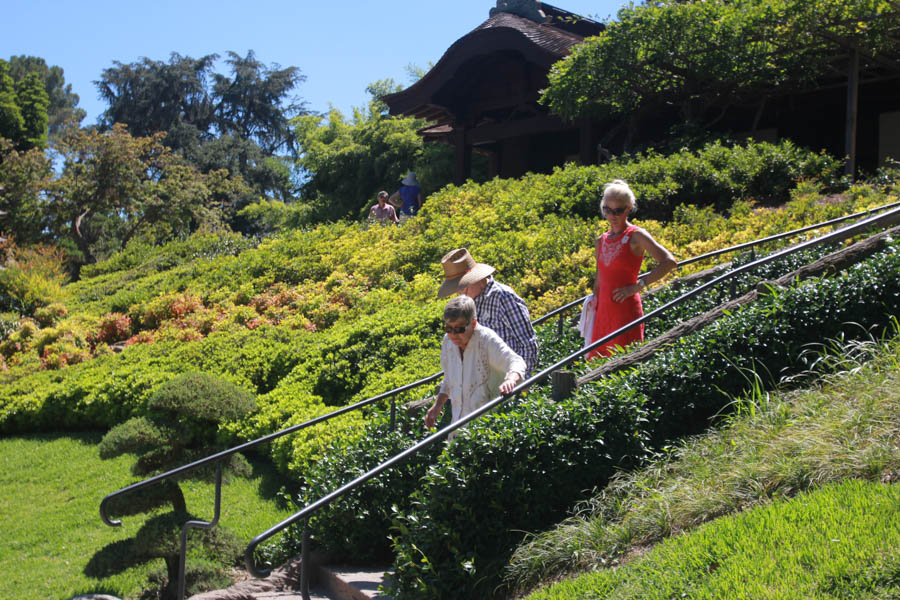
Paul suggested taking the bannister but was quickly outvoted

Charlotte gets her good luck from the lion!
Through Australia To The Water!
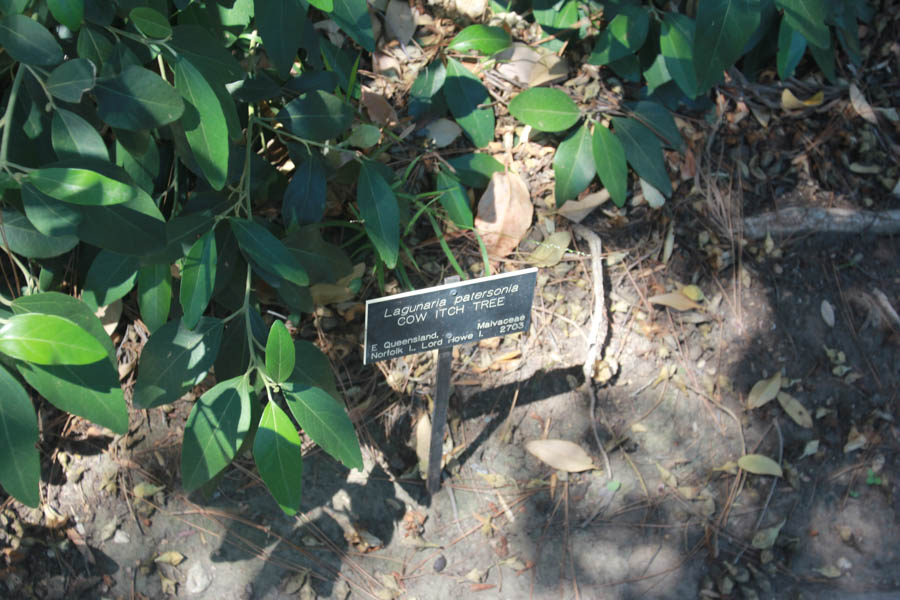
Yes... Cow Itch Tree
Did You Know? - Lagunaria is a monotypic genus in the family Malvaceae. It is an Australian plant endemic to Lord Howe Island, Norfolk Island and parts of coastal Queensland.
It has been introduced to many parts of the world. The genus was named for its resemblance to the earlier genus Laguna Cav., which was named in honour of Andr?s Laguna, a Spanish botanist and a physician to Pope Julius III.
It now consists of the single species Lagunaria patersonia, commonly known as the pyramid tree, Norfolk Island hibiscus, Queensland white oak, sally wood, or simply as White Oak on Norfolk Island.
It is however not a true Hibiscus, but does belong to the same plant family, Malvaceae. Its seed capsules are filled with irritating hairs giving rise to common names, itchy bomb tree, and Cow Itch Tree.
The "cow" part however appears to be a misnomer.
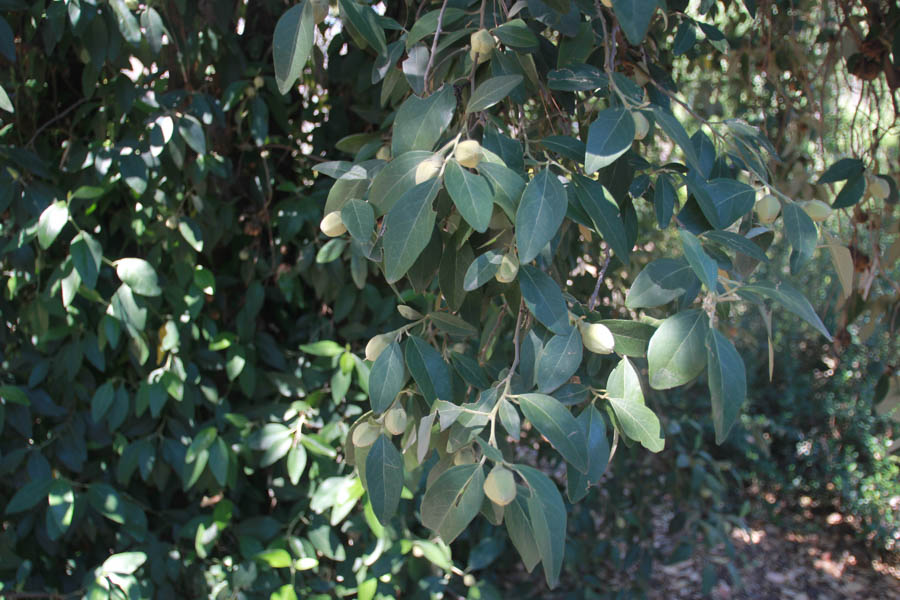
The pods are quite green on the Cow Itch Tree
Did You Know? -
The first garden established in 1904 by William Hertrich had natural springs that emerged from rocks on the Raymond Hill Fault. The solution to an unsightly gully in the southeast corner of the gardens, the four acres that make up the lily ponds were a perfect place to build two large and three small ponds. The pond water, which is circulated and recycled, is home to?turtles, bullfrogs, Japanese koi, aquatic plants, and an occasional mallard family.
?
The bronze St. Francis, patron saint of animals, was sculpted by Clara Huntington (Henry's daughter), cast in 1924-26, and bequeathed to the Huntington in 1965. Two other sculptures at the east side of the lily ponds were purchased by Mr. Huntington in 1910. One, a stone fountain ornament depicting a seahorse emerging from an acanthus leaf, and the other a gothic vasque (stone basin) on eight columns from the 15th century.
After centuries of cultivation, today's water lilies are a mixture of many cultivated kinds. They bloom in various hues from mid-spring through mid-autumn. Along the shores of the uppermost pond is the very same type of papyrus that was used to make writing paper in ancient Egypt. Don't miss the summer flowering lotus, which usually blooms in mid-July. First planted here in 1905, these magnificent relatives of the water lily unfurl pink and white flowers eight or nine inches wide.
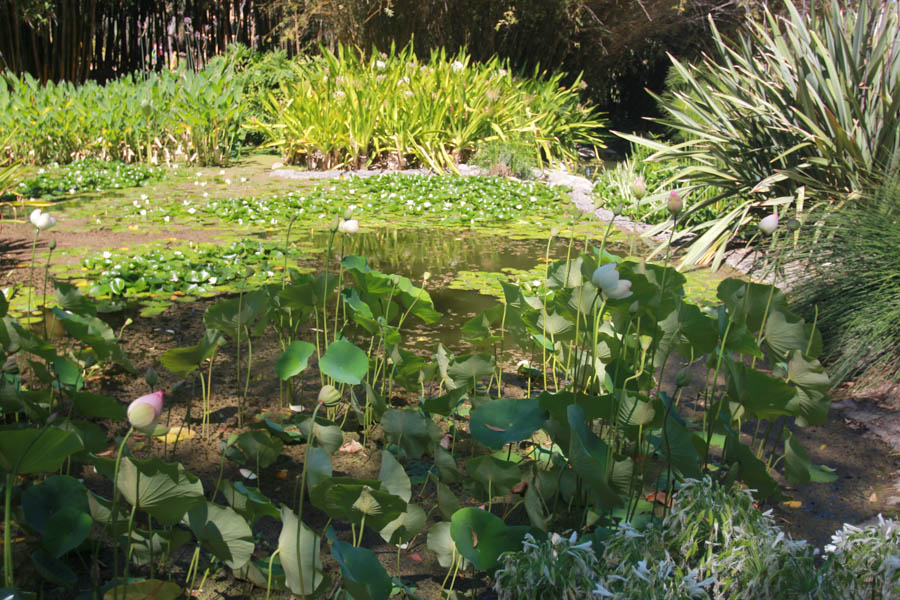
Watch carefully
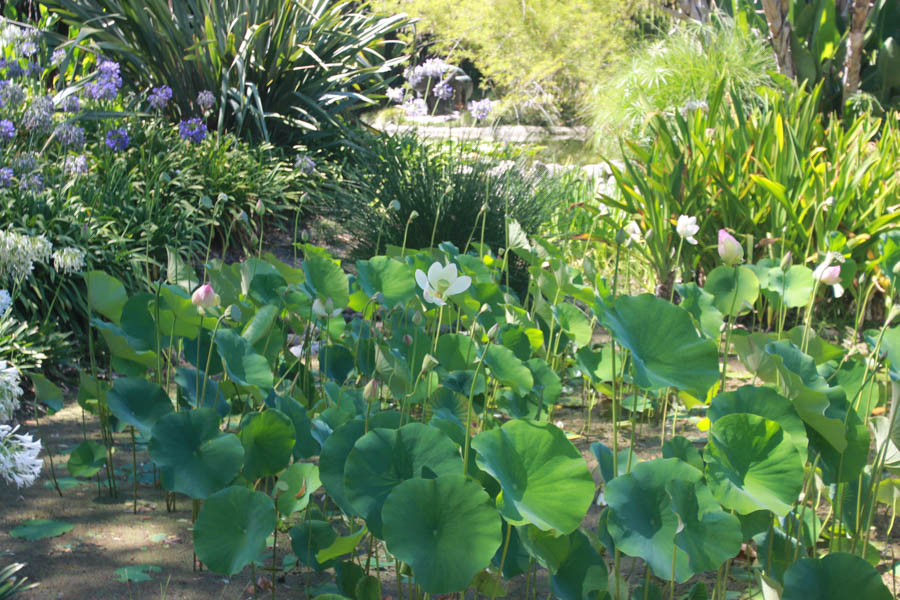
Definitely Lotus!

The vegetation was lush!
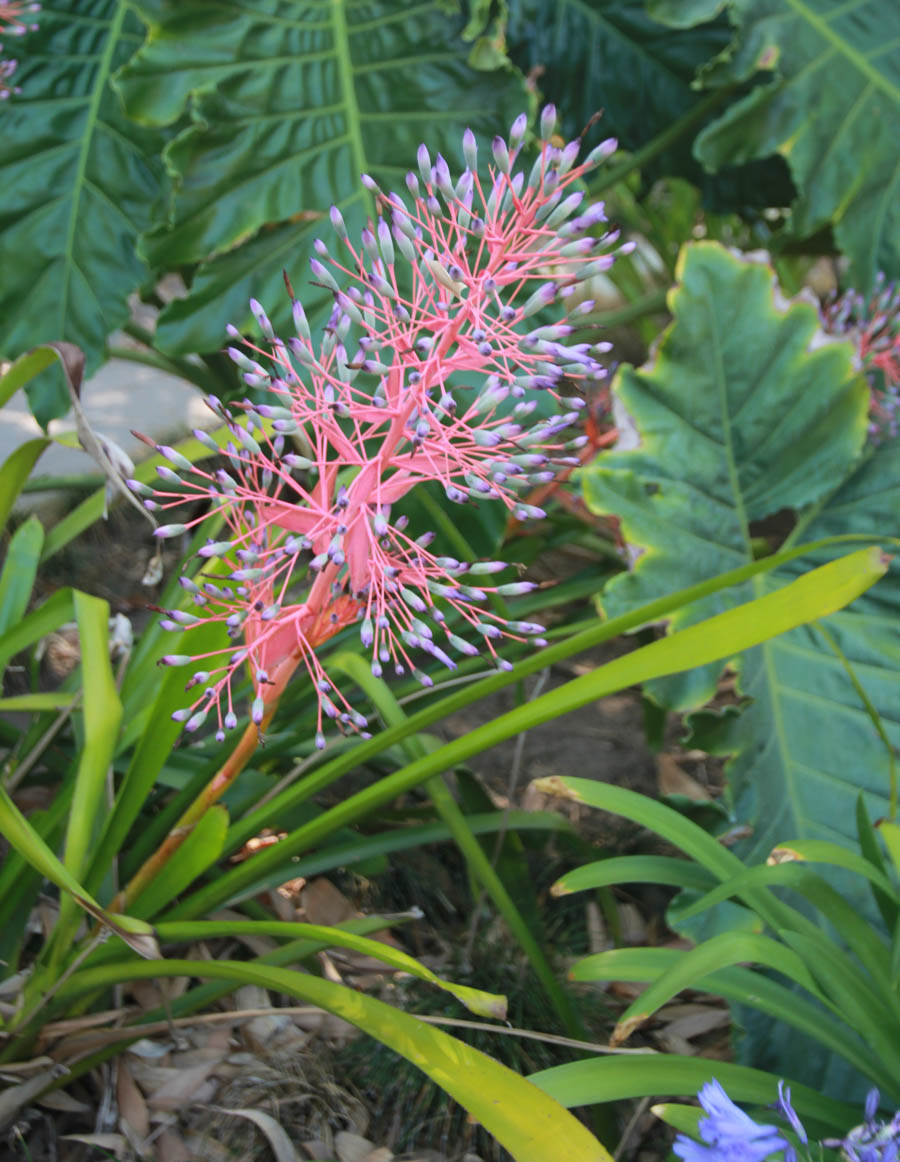
Looked like fireworks going off
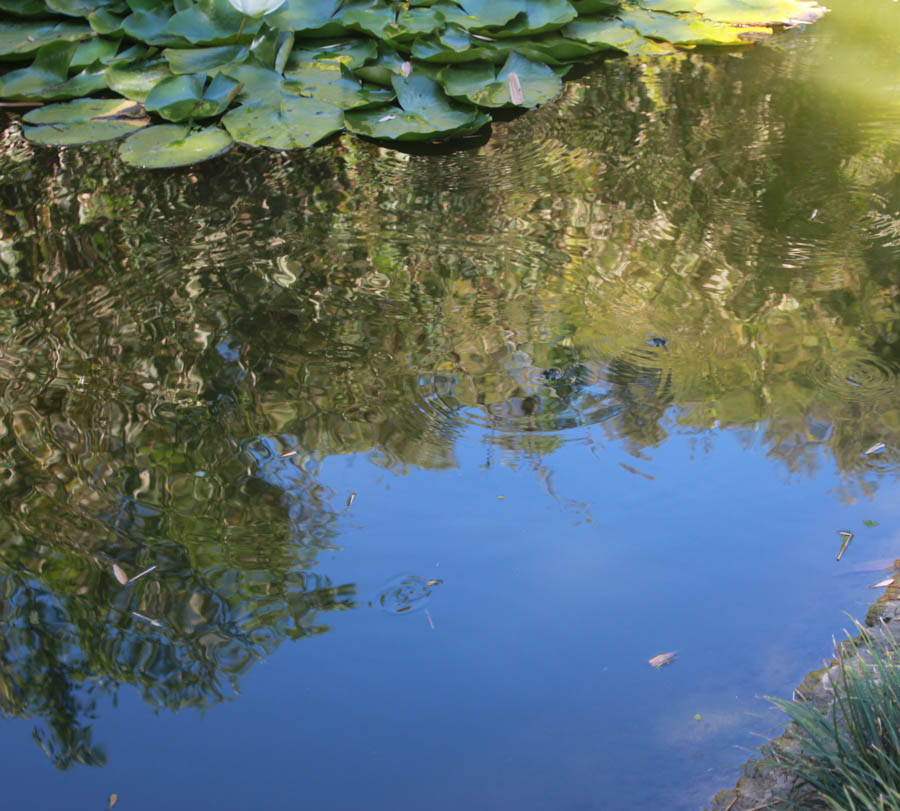
Ah ha.... Spotted! Turtle head eyeing us!


Two turtles are laying on the cement edge sunning themselves


The baby ducks walked directly around us and through Charlotte's legs... Fearless!

"Come on kids... Leave the visitors alone!"

We will return
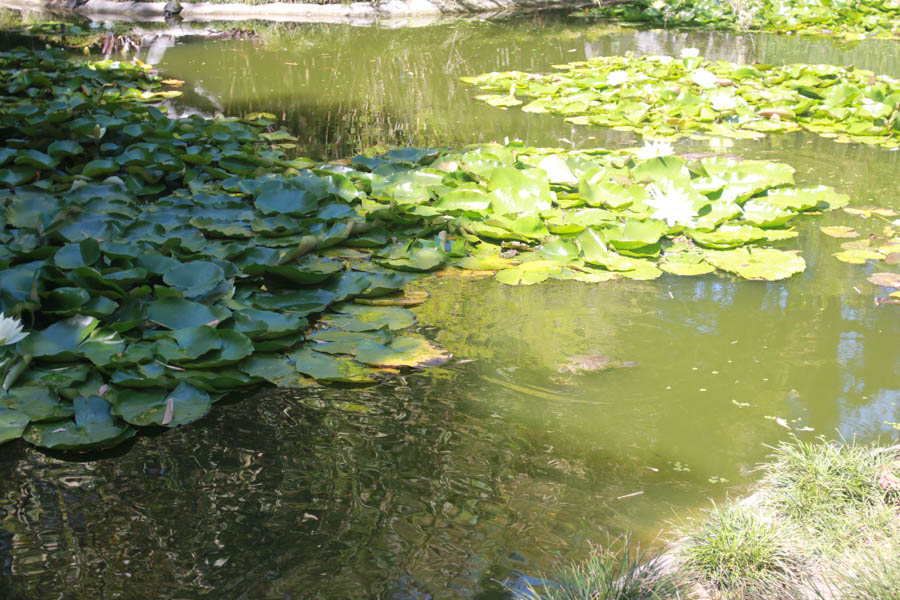
Meanwhile the turtles are playing games in the water

Looks like mommy and little one are doing a dance
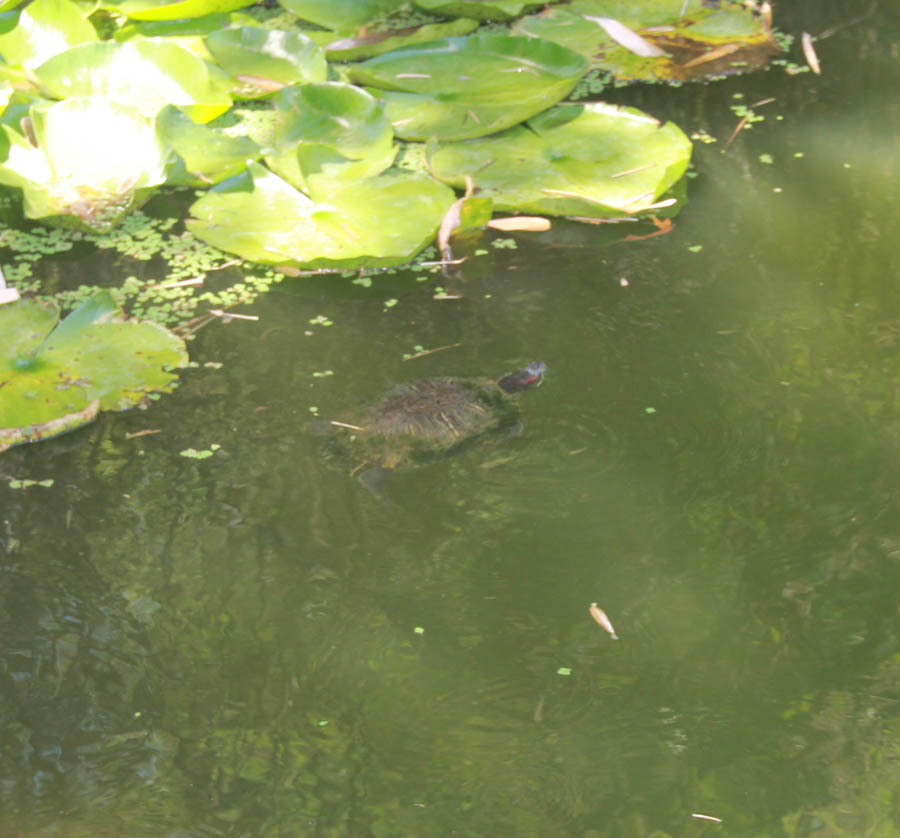
Eying the area to see if it is safe
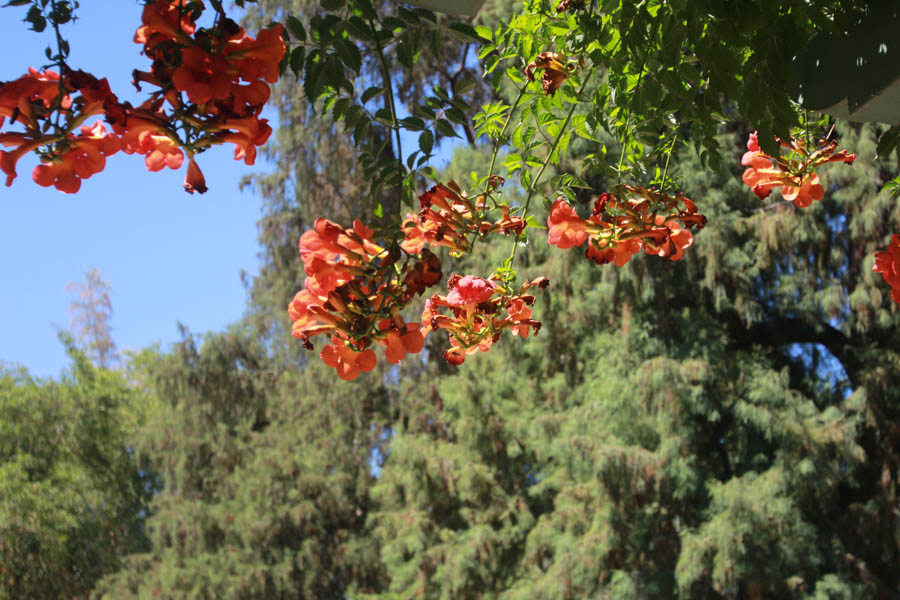
The contrasting colors are amazing
Back To The Start... Up The Hill We Trek
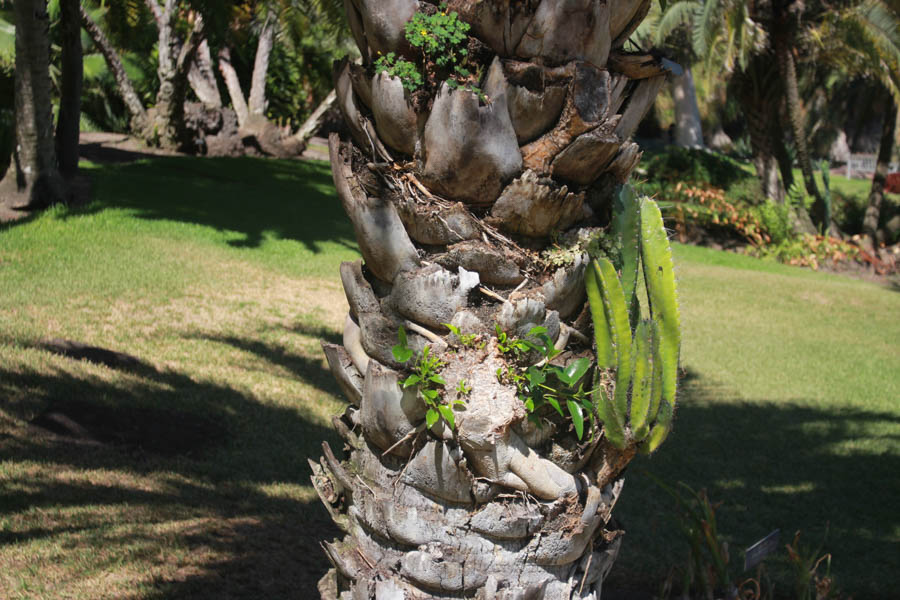
A cactus tree? Everything was growing on it!

Amazing

Heading to the parking lot

The water looked so inviting... We had to keep Greg from jumping in it!
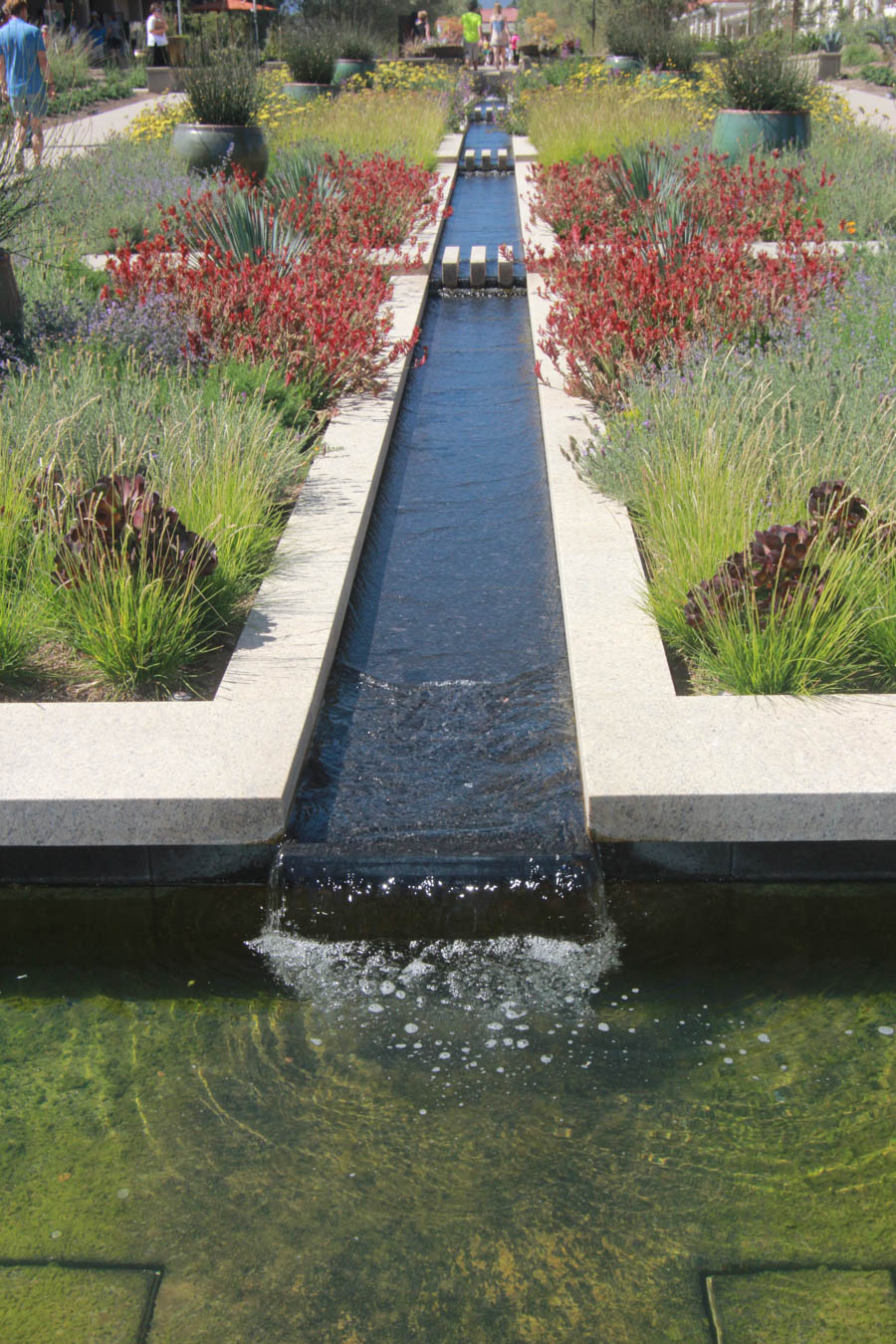
The water is so very relaxing

Definitely a lily

Good bye garden, see you soon!

This was fun!
Did You Know? - Gardening requires lots of water ? most of it in the form of perspiration. ~Lou Erickson
